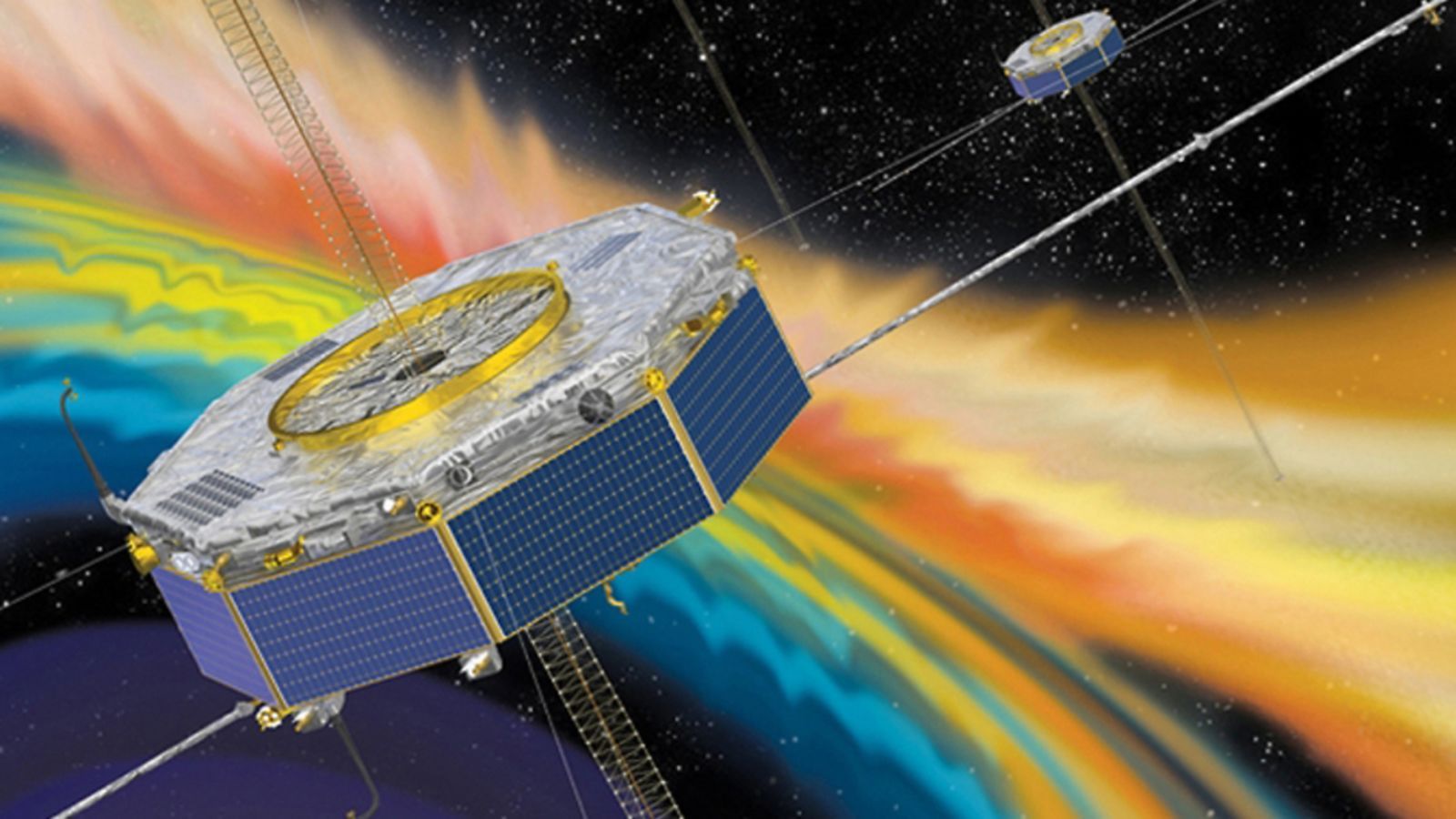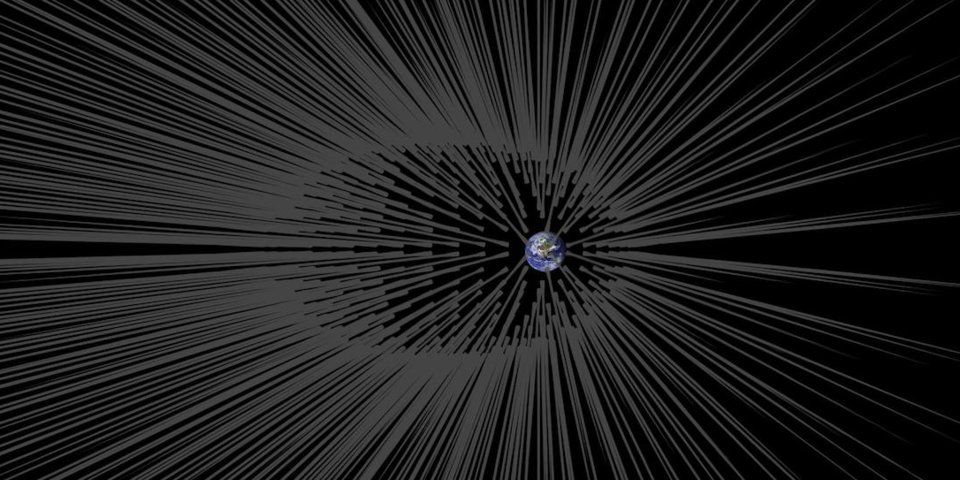Nov 16, 2018
Spacecraft Witness Explosion in Earth’s Magnetic Field
Posted by Genevieve Klien in categories: particle physics, satellites
Magnetic fields around the Earth release strong bursts of energy, accelerating particles and feeding the auroras that glow in the polar skies. On July 11, 2017, four NASA spacecrafts were there to watch one of these explosions happen.
The process that produces these bursts is called magnetic reconnection, in which different plasmas and their associated magnetic fields interact, releasing energy. The Magnetospehric Multiscale Mission (MMS) satellites launched in 2015 to study the places where this reconnection process occurs. This newly released research shows for the first time that the mission encountered one of these reconnection sites in the night side of the Earth’s magnetic field, which extends behind the planet as a long “magnetotail.”


















